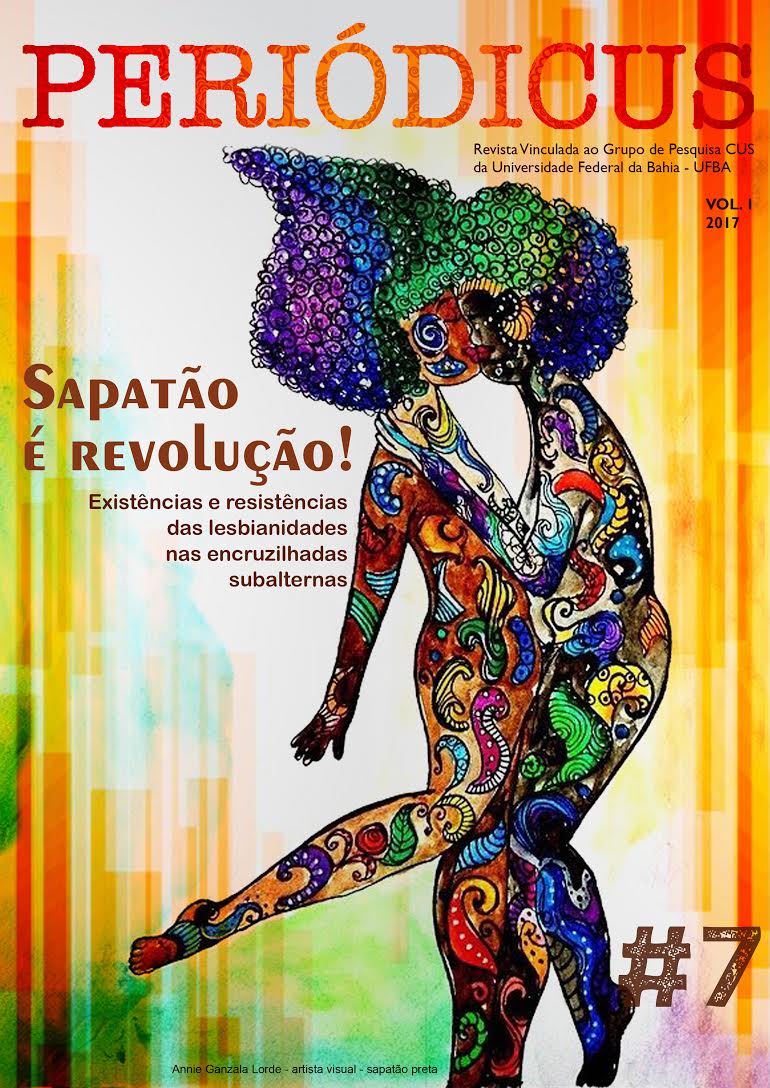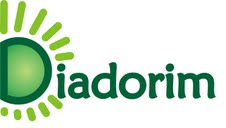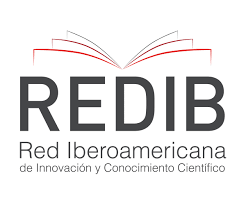“Para eles eu não existo” - A invisibilidade da negra não heterossexual nas telenovelas brasileiras
DOI:
https://doi.org/10.9771/peri.v1i7.21489Abstract
A presente pesquisa tem como intuito entender e discutir os motivos pelos quais negras não heterossexuais são invisibilizadas na mídia, em especial nas telenovelas. Silva (2015) desenvolveu um trabalho no qual um dos objetivos era elaborar e divulgar um mapeamento da quantidade de personagens LGBTs nas telenovelas da Rede Globo entre 1970 e 2013. Para esse trabalho, houve uma continuidade que engloba o período compreendido entre 2014 e 2016. Constatou-se que em 46 anos a emissora produziu apenas 156 personagens LGBTs, sendo que em sua grande maioria são homens gays brancos e de classe média. Até o momento dessa pesquisa, houve apenas uma negra bissexual, que foi a personagem secundária Adele em Totalmente Demais (2015 – 2016), cuja sexualidade passou quase despercebida. O estudo permite a percepção das causas que comprovam essa invisibilidade e marginalização da sociedade e da mídia, além da importância que há em representar as vivências, experiências, preconceitos e medos de mulheres negras não heterossexuais da forma correta, desviando dos equívocos de estereótipos.
Downloads
Downloads
Published
How to Cite
Issue
Section
License
Copyright (c) 2017 Revista Periódicus

This work is licensed under a Creative Commons Attribution-NonCommercial 4.0 International License.
Authors who publish in this journal agree to the following terms:
Authors retain copyright and grant the journal the right of first publication, with the work simultaneously licensed under a Creative Commons Attribution Noncommercial License that allows the work to be shared with acknowledgment of authorship and initial publication in this journal, but prohibits commercial use.
Authors are authorized to enter into separate additional contracts for non-exclusive distribution of the version of the work published in this journal (e.g., publishing in an institutional repository or as a book chapter), with acknowledgment of authorship and initial publication in this journal.
Authors are permitted and encouraged to publish and distribute their work online (e.g., in institutional repositories or on their personal website) at any point before or during the editorial process, as this can generate productive changes and increase the impact and citation of the published work (see The Effect of Open Access).








